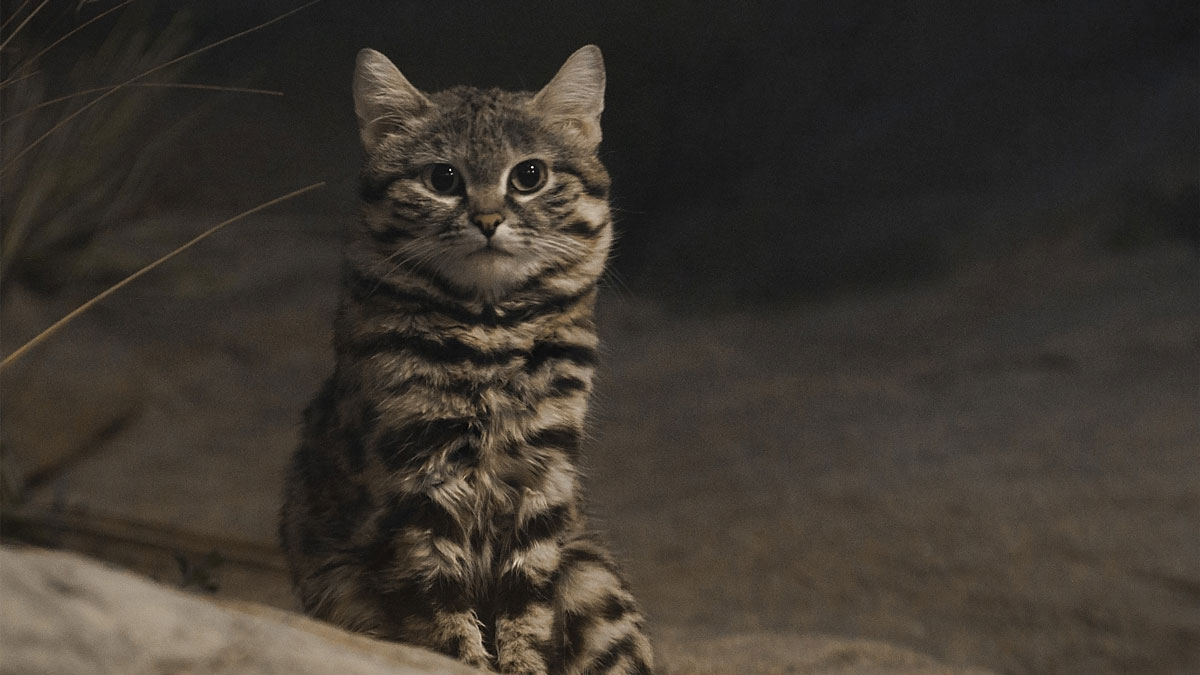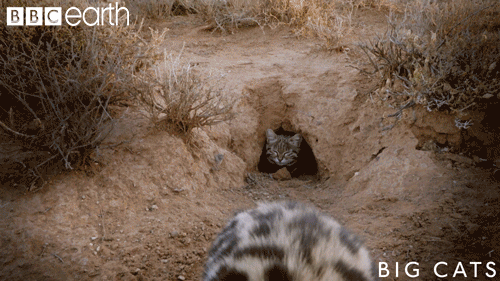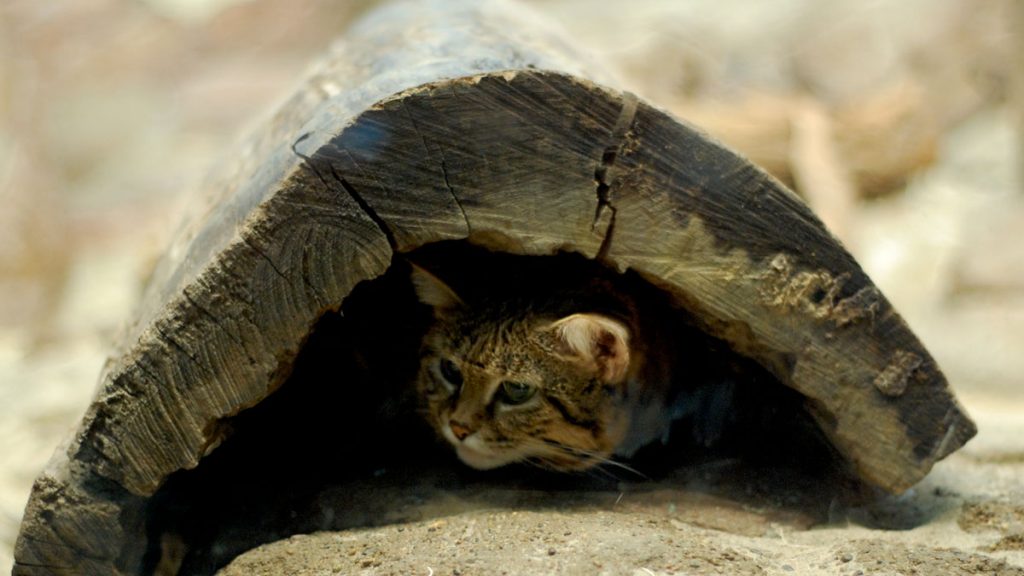
If you have a cat or have ever gotten sucked into cat videos on YouTube, then you know that beneath their fluffy exterior, often lies a heart of steel. It may come as no surprise, then, that a tiny, adorable wild cat is one of the world’s deadliest killers.
Weighing about 3 to 4 points and growing up to about 17 inches in length, the black-footed cat is the smallest wild cat on the African continent. It lives in the dry grasslands and savannah of the Karoo and Kalahari in South Africa and parts of Botswana and Namibia.
Despite its diminutive stature, the black-footed cat is one of the most effective hunters on the planet — with a 60% success rate, according to BBC. That’s higher than much larger and more fearsome big cats like lions, cheetahs and tigers.

Although they are solitary and secretive by nature, these little cats have a fierce reputation. One local legend has it that they can take down a giraffe, which although most certainly false, hints at their skill as hunters.
Perhaps part of the reason for their success is just how active they are. Black-footed cats are voracious eaters, preying mostly on small rodents and birds, but their indiscriminate diet includes everything from insects to occasionally, larger prey like the Cape hare. They are nocturnal hunters, walking up to 20 miles a night in search of prey.
Apparently, they kill up to 14 animals a night to keep up with their extremely fast metabolism. That’s one kill every 50 minutes.
Unlike most cats, they aren’t great climbers. Instead, they hunt mostly by stalking prey on the ground, camouflaged behind patches of vegetation, thanks to the dark spots dotting their tawny fur. Occasionally, they’ll wait silently for hours outside of a burrow to catch a rodent. Or, in the case of birds, they’ll dart quickly through the grass to scare their victims, then snatch birds out of the air with an impressive leap.

Those adorably large eyes and prominent ears make nocturnal hunting a breeze too. As in many nocturnal animals, a mirror-like layer of tissue behind the retina increases their sensitivity to light. And they can discern even the faintest sounds.
Named for the black soles of their feet, these little fluffballs are exceedingly rare. Their solitary and secretive nature makes them hard to track, but researchers estimate that there are only about 9,000 mature individuals currently living in the wild. The cats are listed as Vulnerable by the IUCN, which notes that their population is in decline primarily due to factors like a reduction of the animals they prey on and the loss of appropriate den sites.

During the days, black-footed cats hide out in burrows — usually abandoned termite mounds or dens built by other animals like springhares, since they are incapable of building their own. But their reliance on other animals for shelter makes them vulnerable when those species are targeted by farmers or bushmeat poachers. They’re also accidentally killed by methods meant for other predators like poison for pest control or traps for jackals.
Thankfully, these little creatures are a protected species and hunting them is illegal in Botswana and Namibi